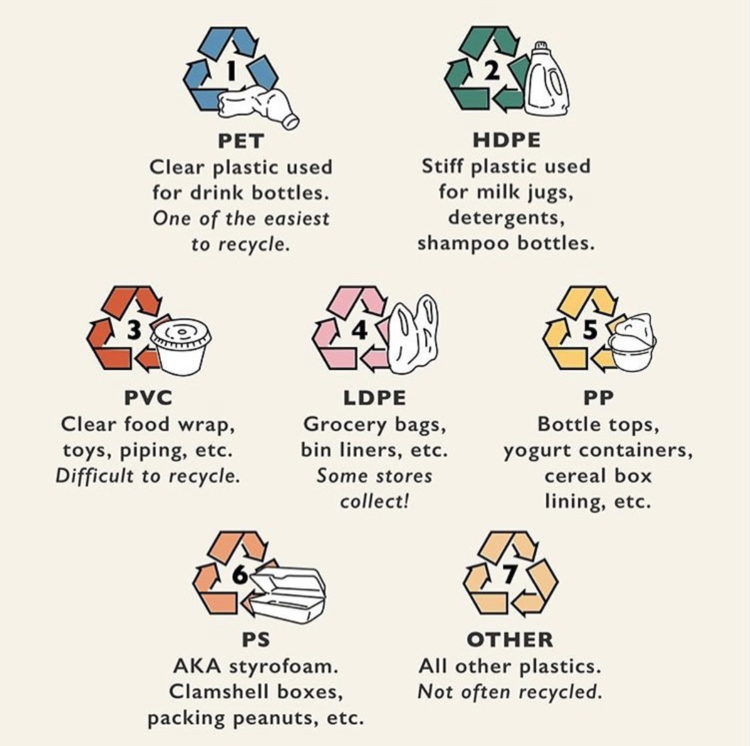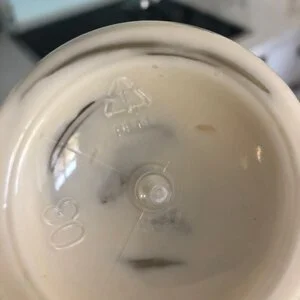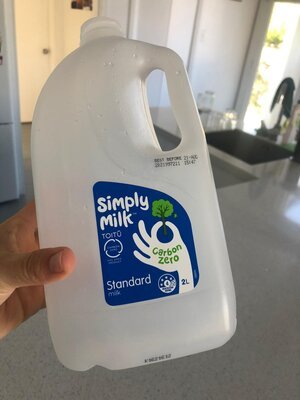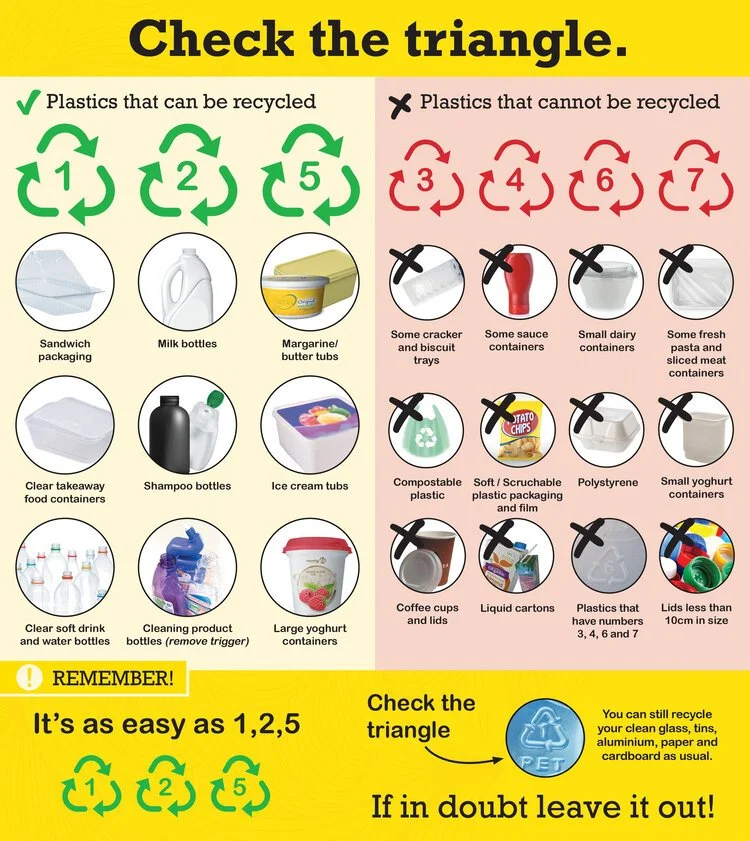Know your Plastics?
Plastic waste is one of the main causes of pollution around the world. What’s the best solution to this problem? Reducing, reusing and refusing!
We too often end up purchasing plastic that we cannot reuse, and the next best thing we can do is to recycle them. What plastic can be recycled will depend on where you are.
Here in Taranaki, we have recently been told to only recycle plastic numbered 1, 2 and 5 - and the rest end up in landfill. These are the most common and easiest to recycle. But there is still so much confusion about the different types of plastic.
Have you seen the little numbered triangles on the packaging? These symbols help determine which polymer was used in a plastic, how it can be sorted for recycling, and which plastic packaging to choose or avoid. Here’s a quick guide to help you understand a bit more about what plastic you are dealing with listed 1 through 7.
Image source: @littlegreenpanda_
♳ On a mayonaise jar
♳ Polyethylene Terephthalate — usually clear plastic used to bottle soft drinks, salad dressings and cleaning sprays. One of the most common and easiest to recycle.
♴ High-Density Polyethylene — stiff, weather-resistant plastic used for milk jugs, shampoo/conditioner, hard food containers and most cosmetic bottles. Also a material that is quite common and easy to recycle.
♴ On our milk bottles
♵ Polyvinyl Chloride — soft, flexible plastic used for food wrap, pipping and toys. Almost all PVC products require virgin material and are made strong and elastic. PVC is one of the most dangerous and hard to recycle plastics, one to avoid.
♷ On our yoghurt containers
♶ Low-Density Polyethylene — flexible plastic used for grocery bags, bin liners, andbread bags. LDPE is harder to recycle but can be reused for some time.
♷ Polypropylene — heat and moisture-resistant plastic used for bottle tops, and some yoghurt containers.
♸ Polystyrene (Styrofoam) — used for clamshell takeout boxes, to-go cups for hot/cold beverages and packaging. Because it's structurally weak & lightweight, PS breaks up easily & quickly travels to pollute the environment. This is the hardest to recycle and the biggest one to avoid.
♹ “Other” includes all other plastics that are not often recycled.
Our recycling facilities in Taranaki are currently only accepting plastics 1, 2 and 5.
Visit the NPDC Zero Waste website to learn more about this change.
Bottle lids, such as those from milk bottles, are currently being collected at The Junction, just outside the shop. We suggest that you save them up at home in a bag and drop them off whenever you pass by The Junction.
Now that we know how to identify each type of plastic, we can make smarter decisions when purchasing different products. Maybe we can start asking ourselves: Can this be recycled in Taranaki? What will happen to this container once I’m done using it? What process did it have to go through to end up here?
REMEMBER!
Here in Taranaki, all of our plastic recycling needs to be
1. cleaned,
2. separated from other materials (lids off!),
3. bigger than 10 cm,
4. a container and
5. made out of strong plastic (no soft plastic).
and has to have the recycling triangle with numbers 1, 2 or 5
As consumers, we have a responsibility to make smart choices and be more aware of our buying habits. Yes, recycling is good. It is a temporary solution to our waste problem, but the best thing we can do is to REUSE, REDUCE and REFUSE.
Keen to learn more? Have a look at our recycling tours and videos.







